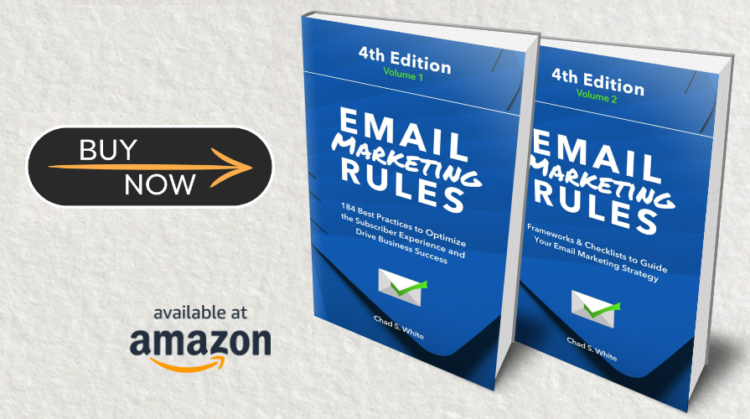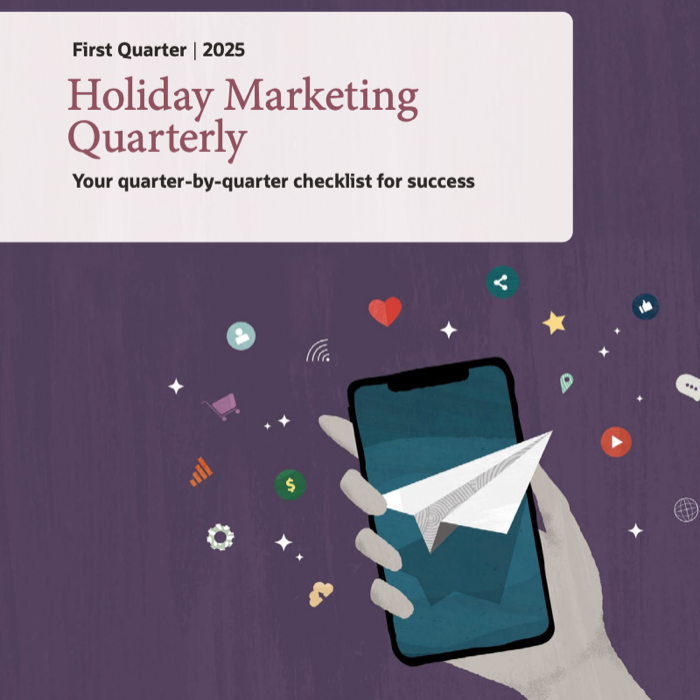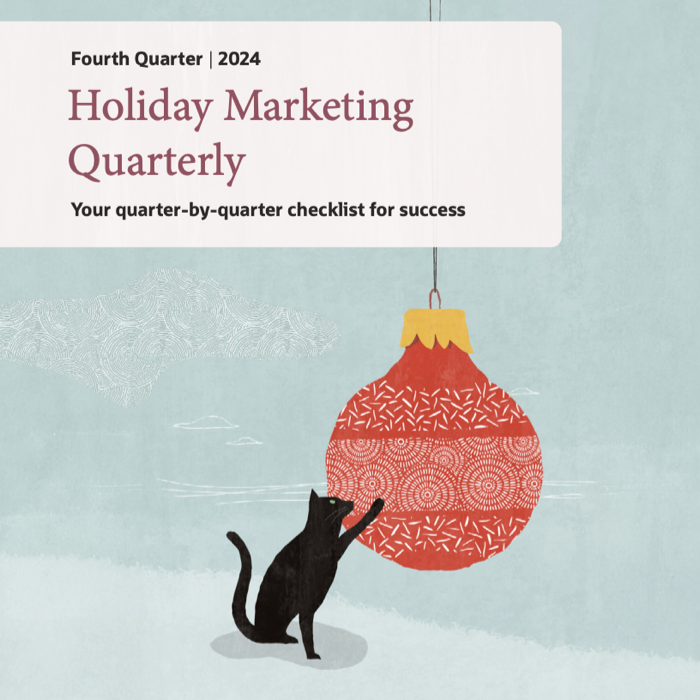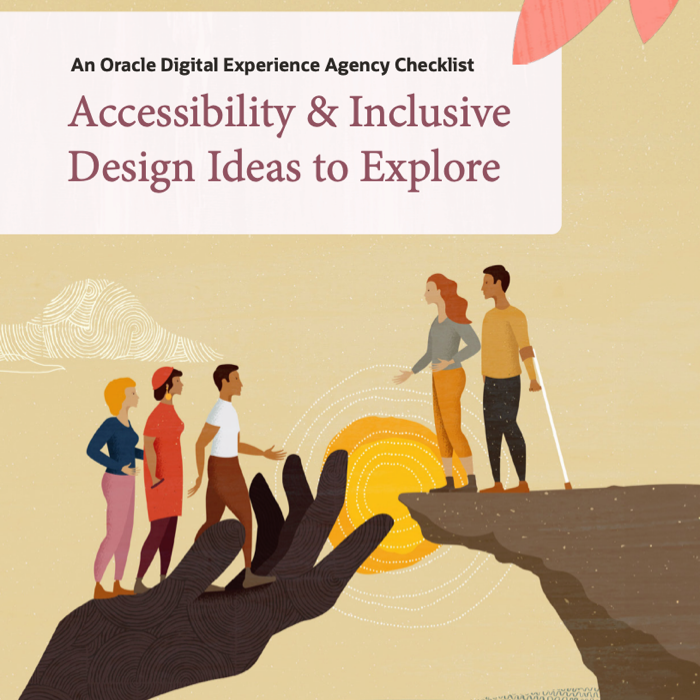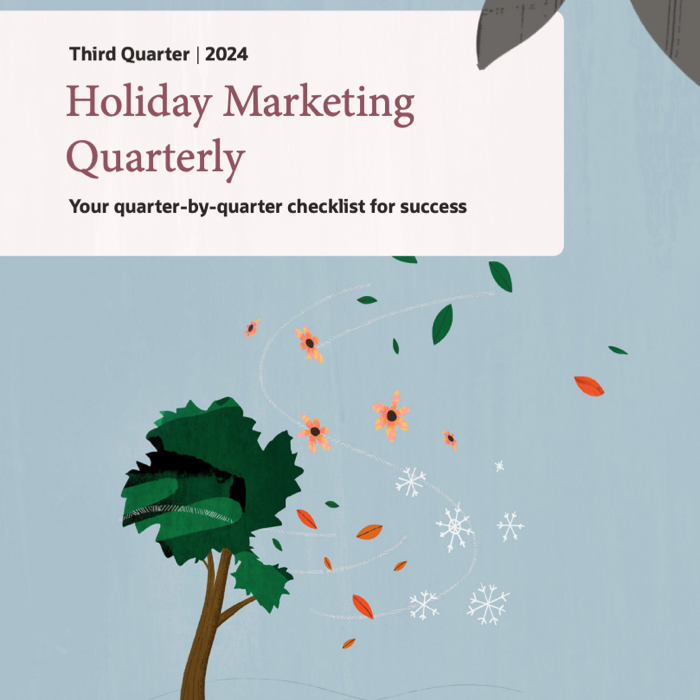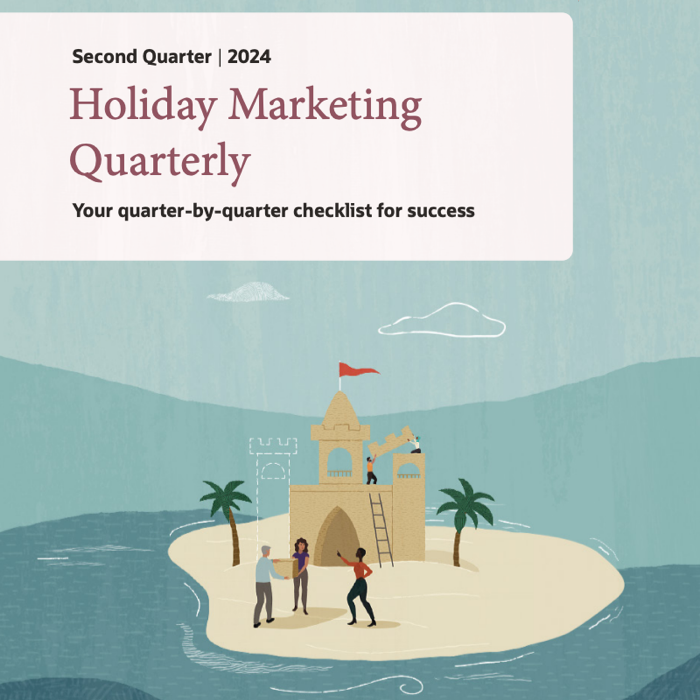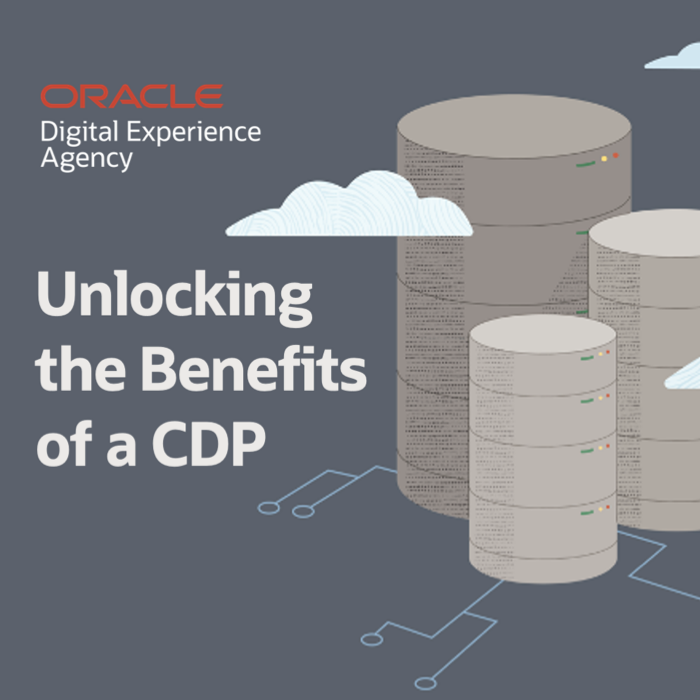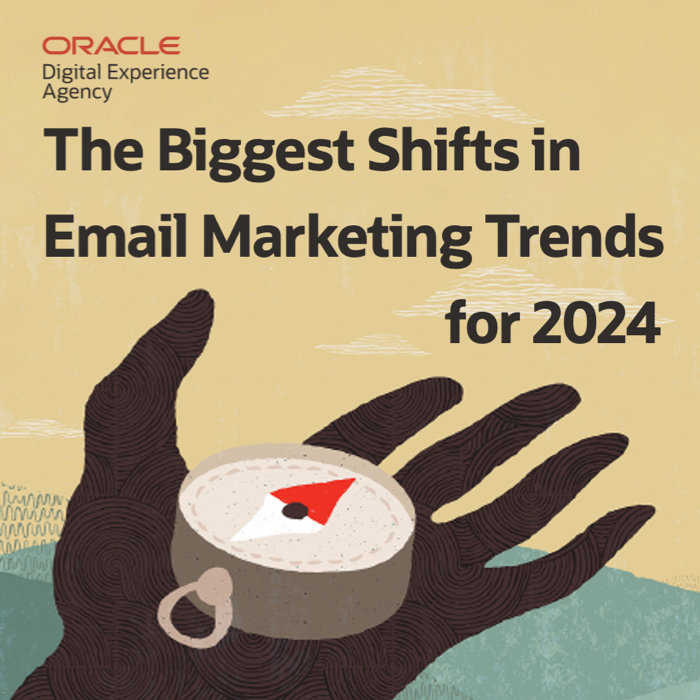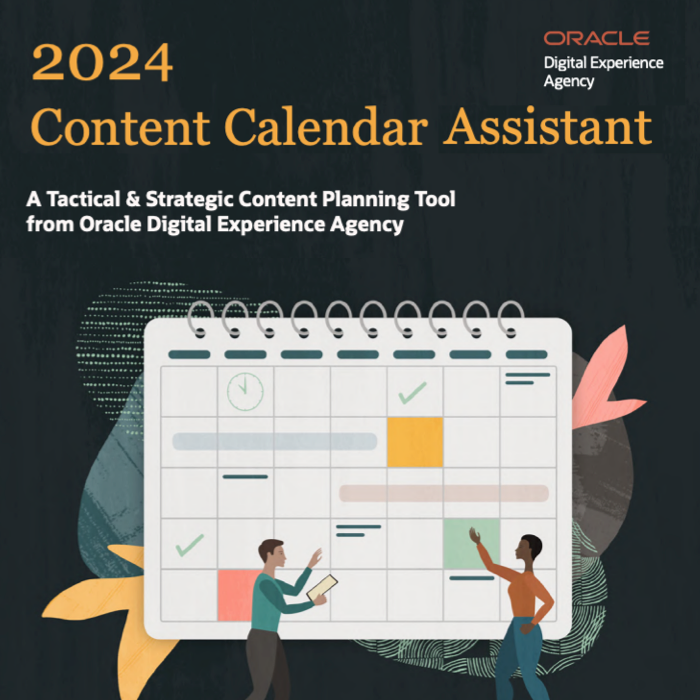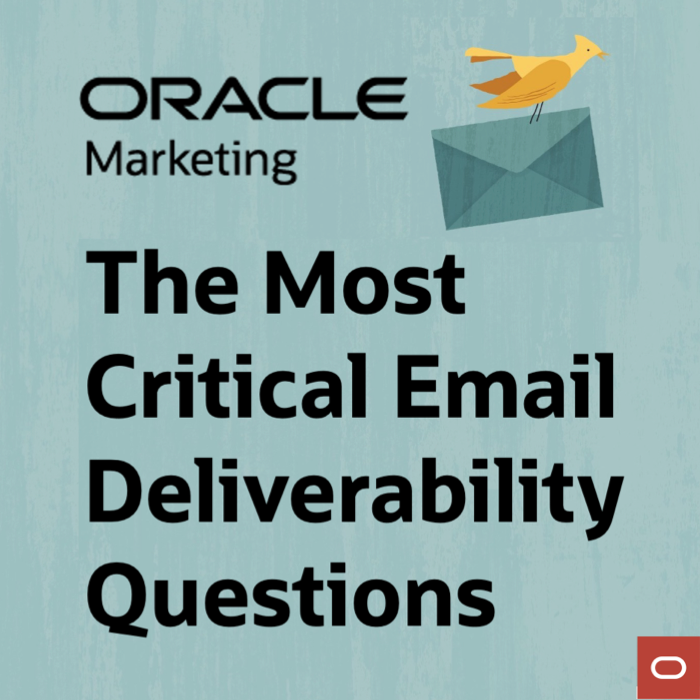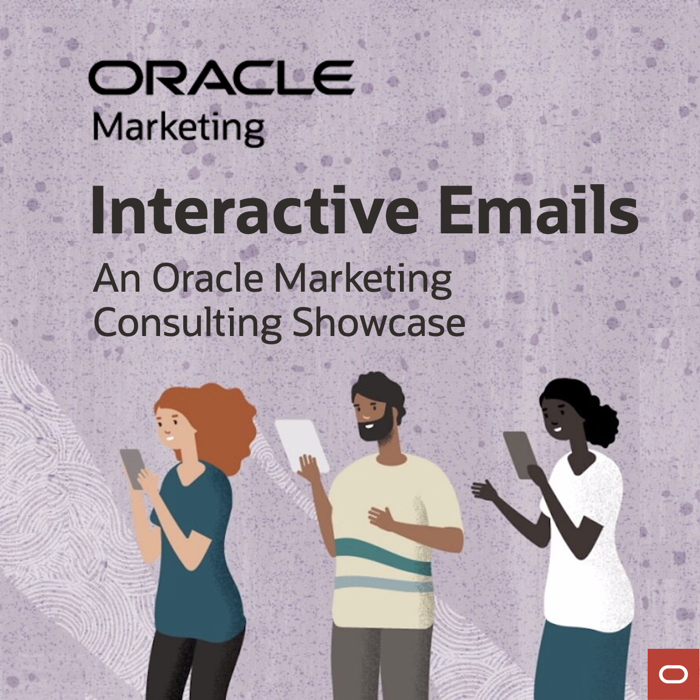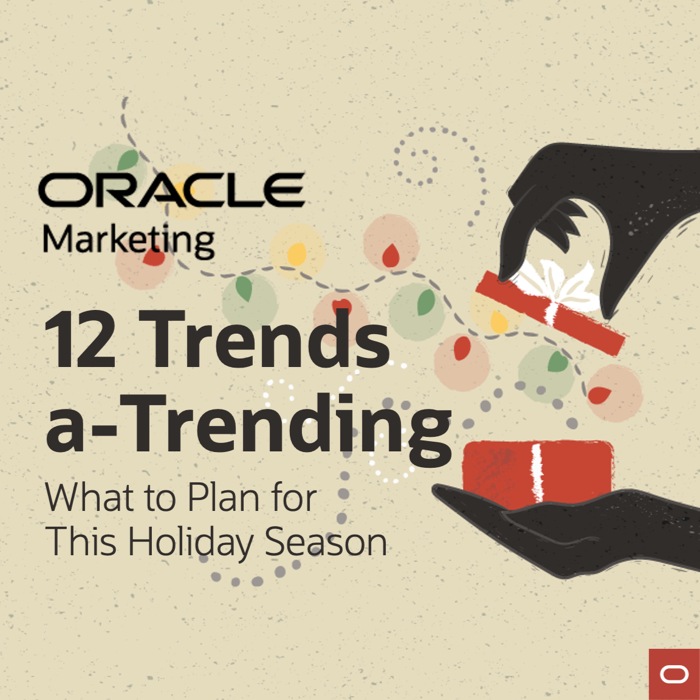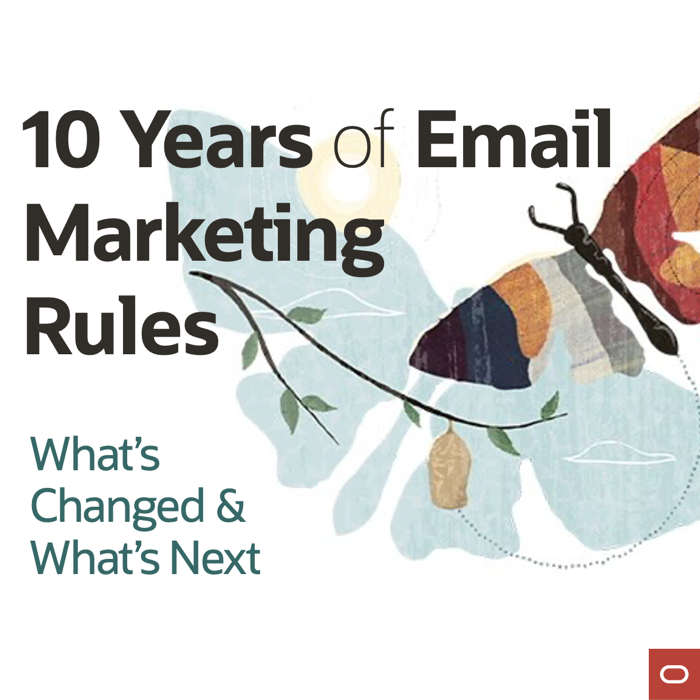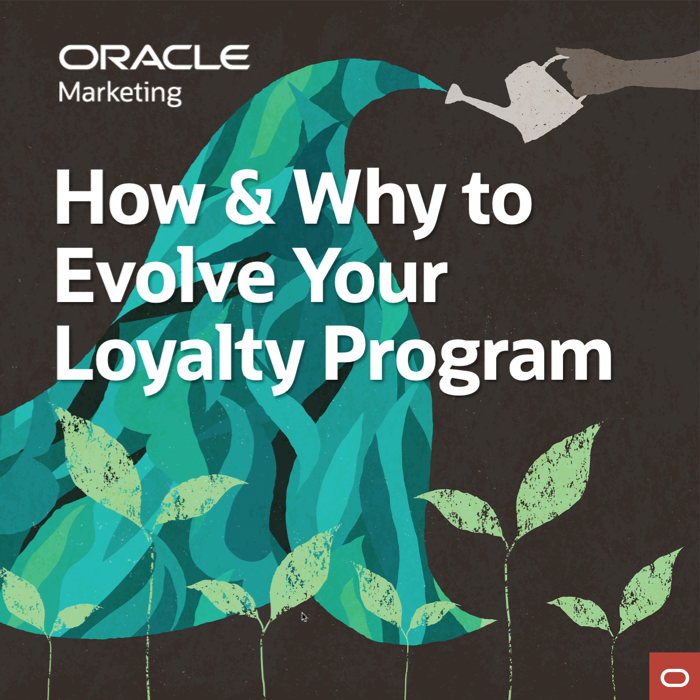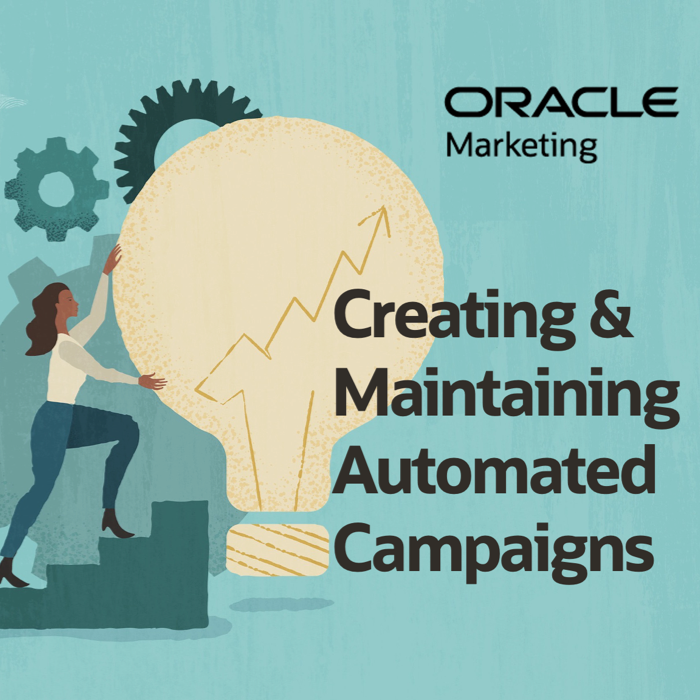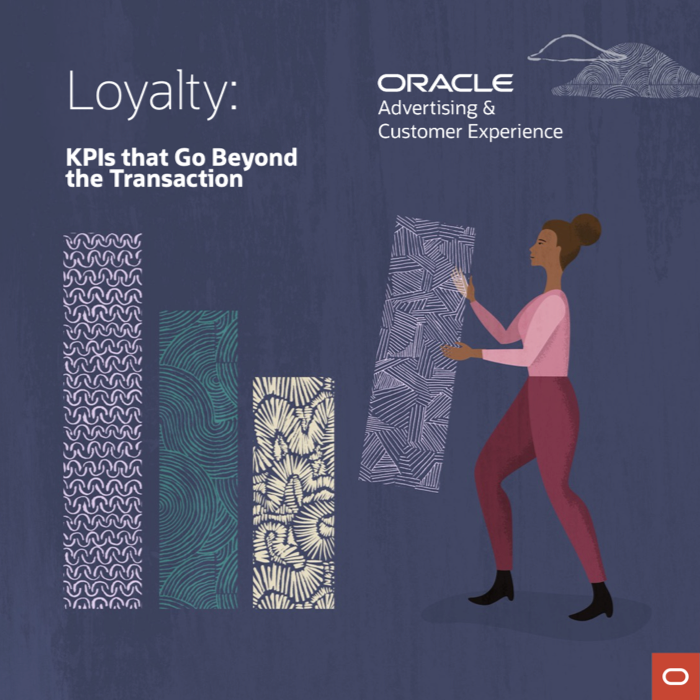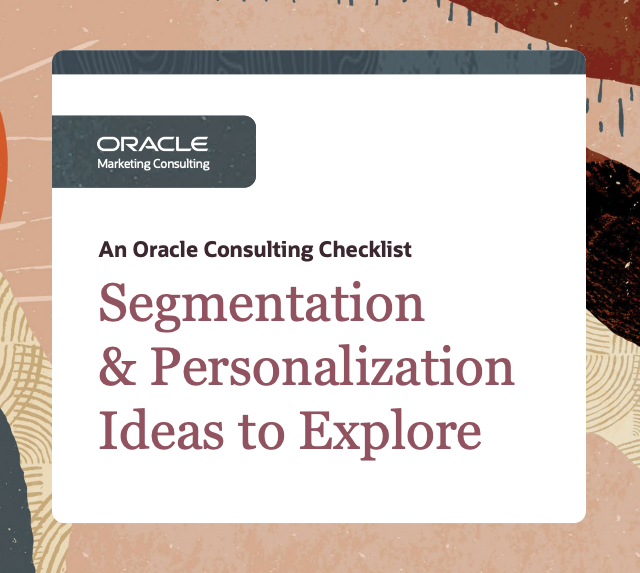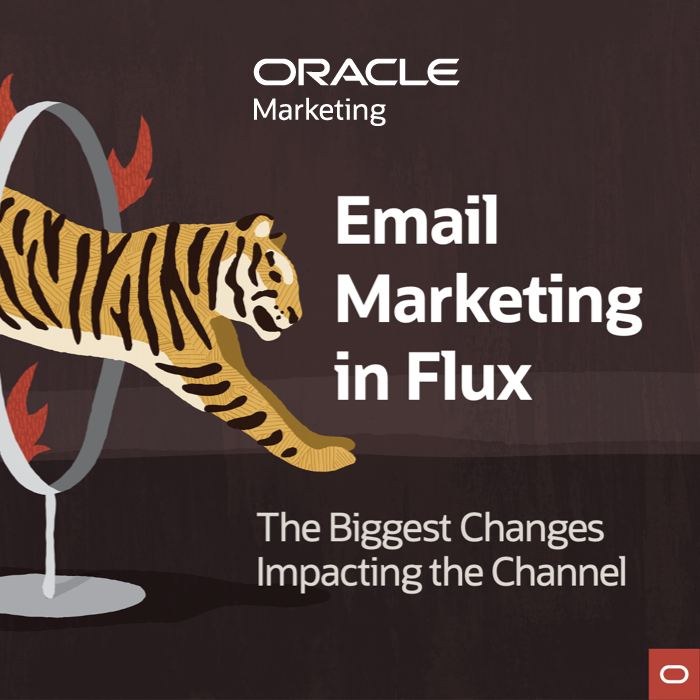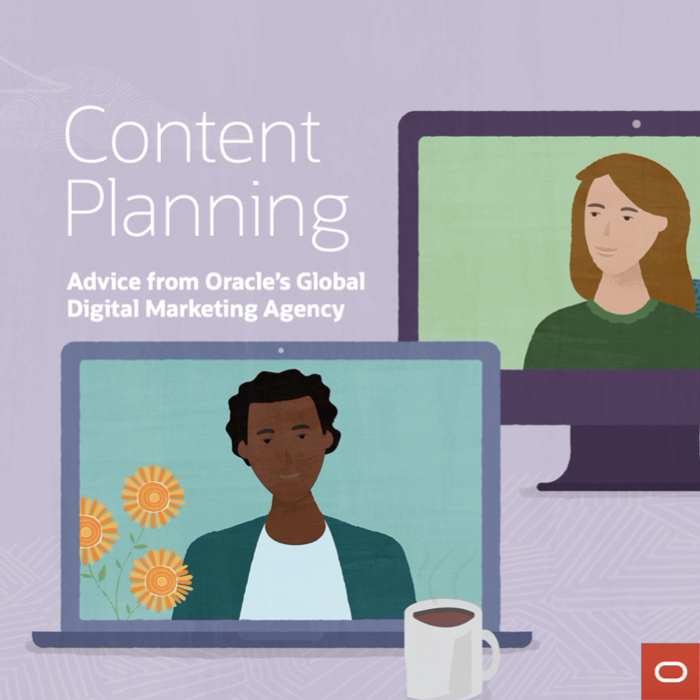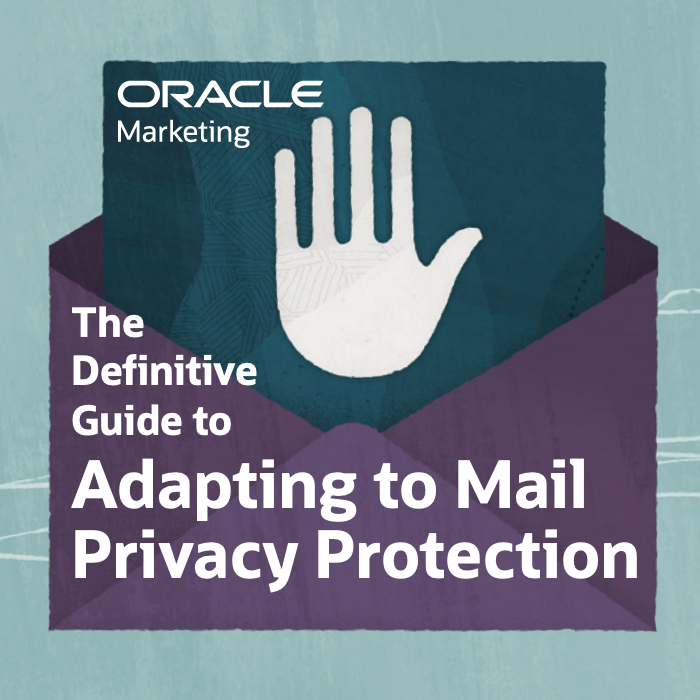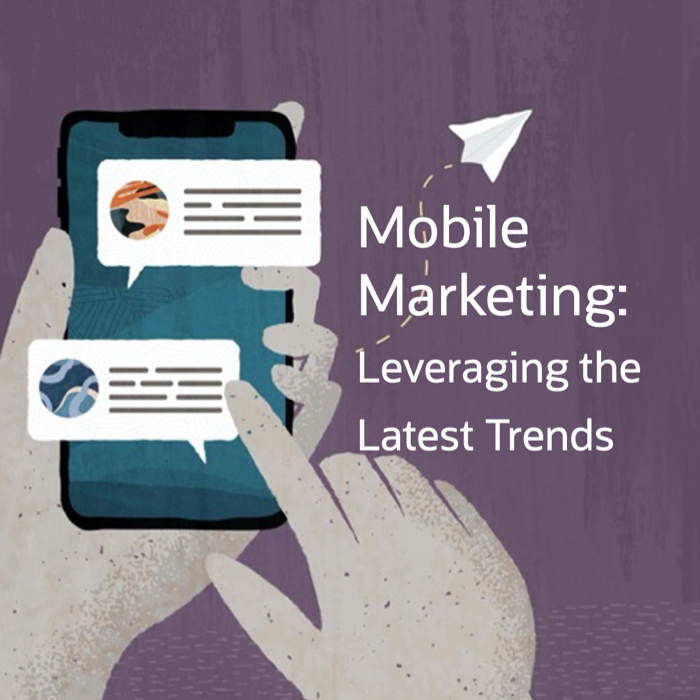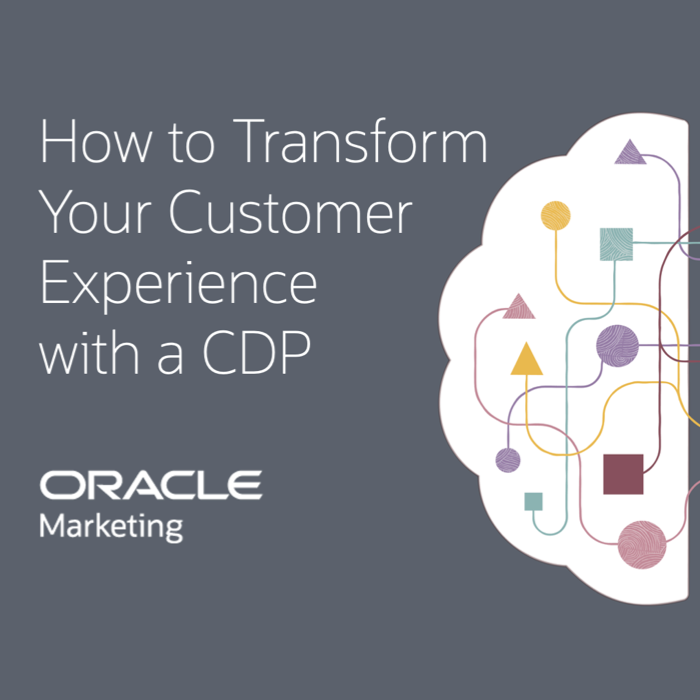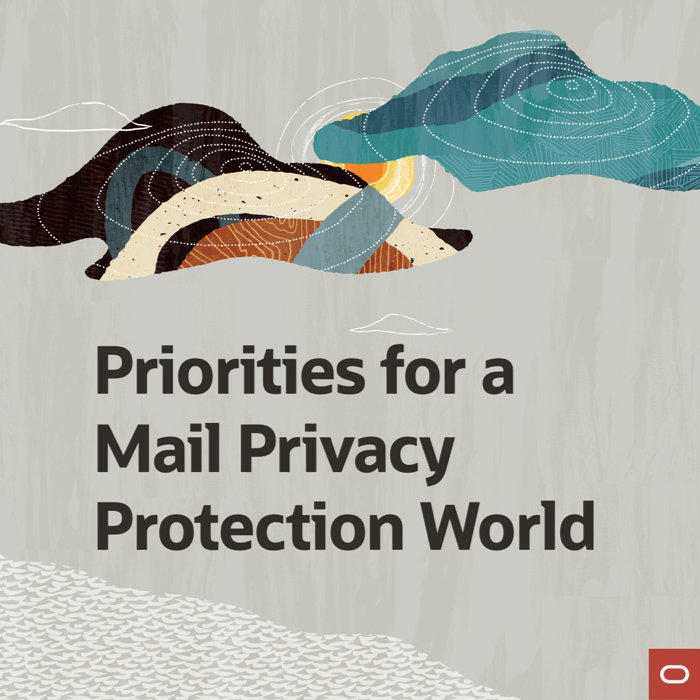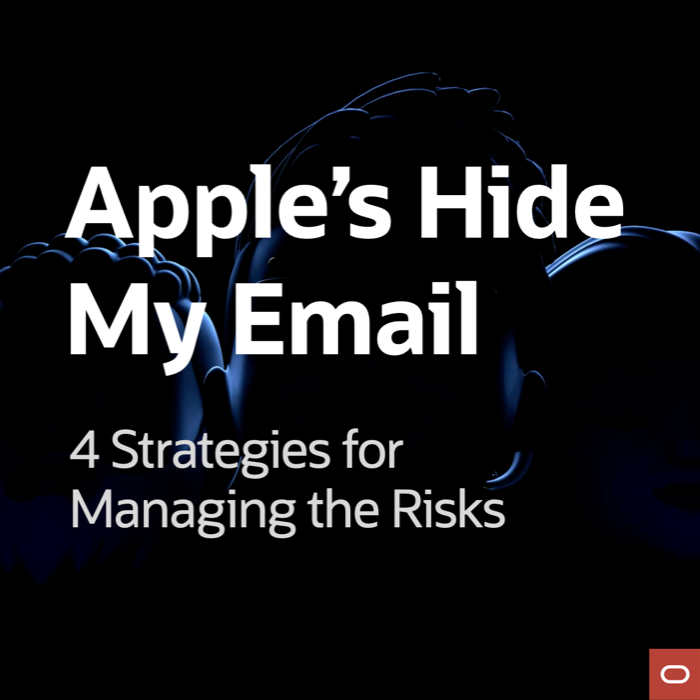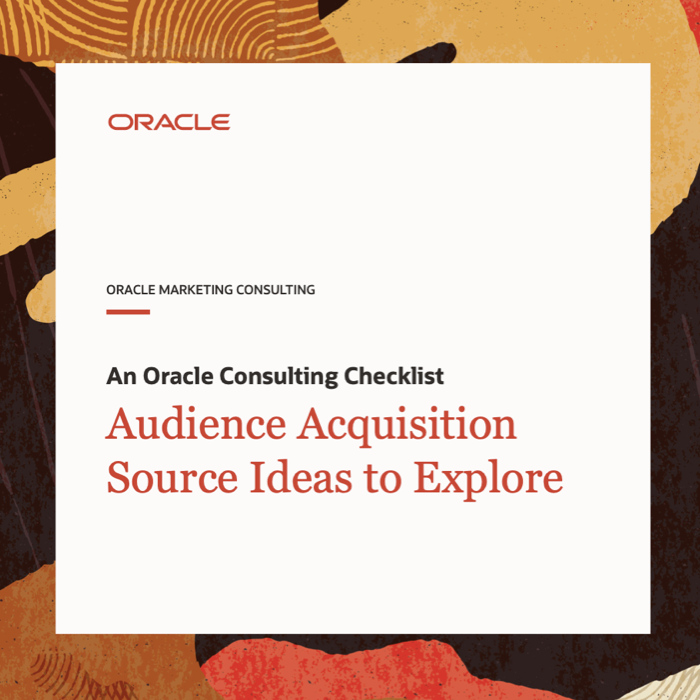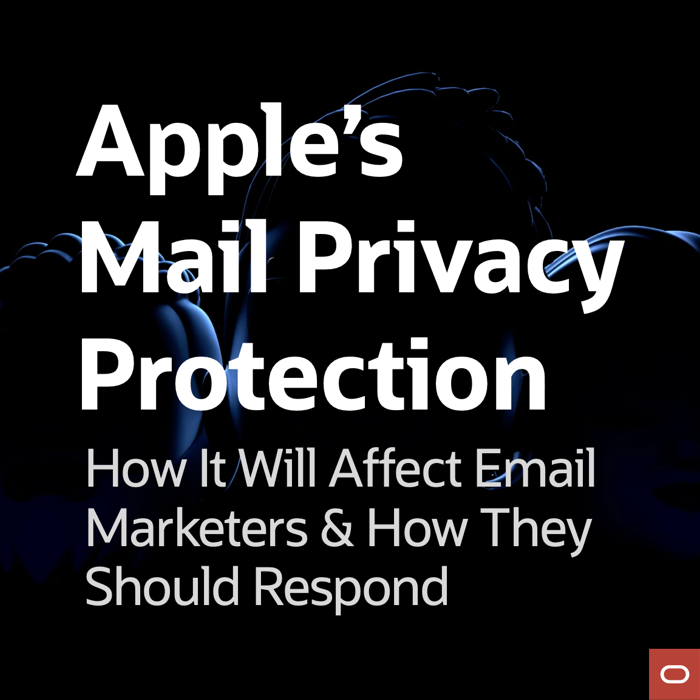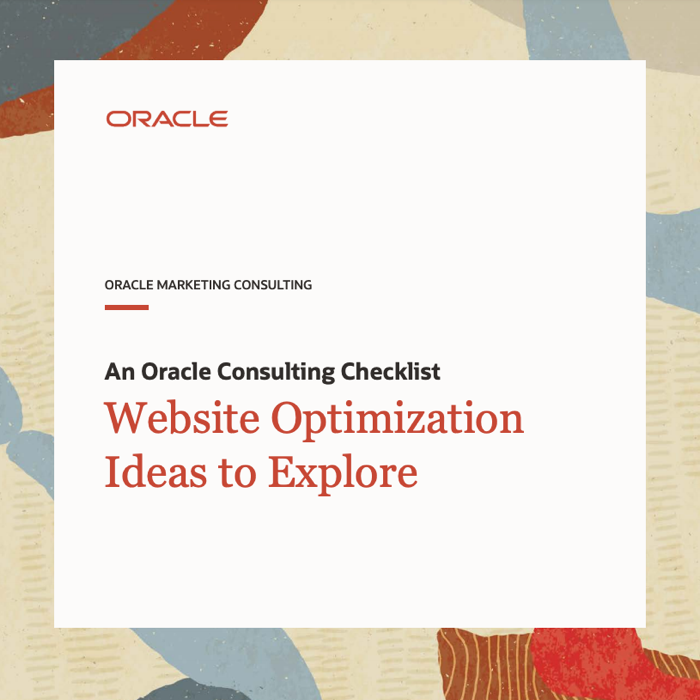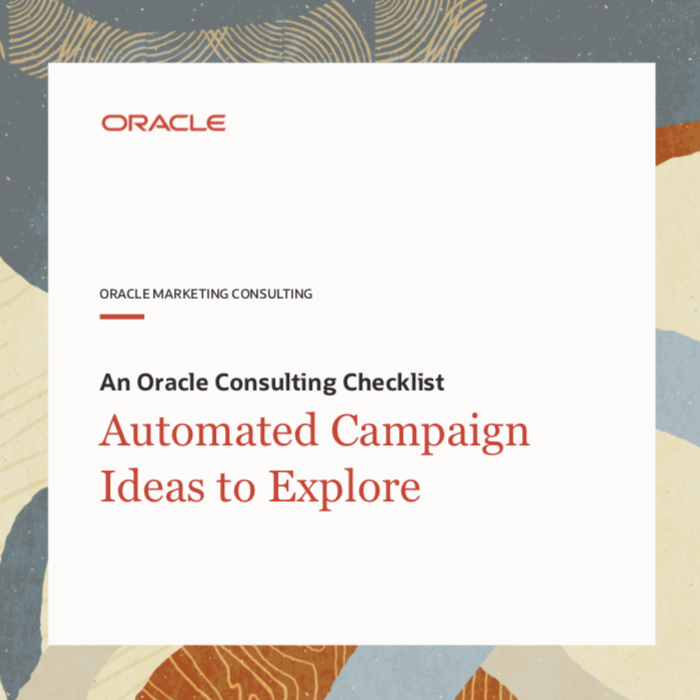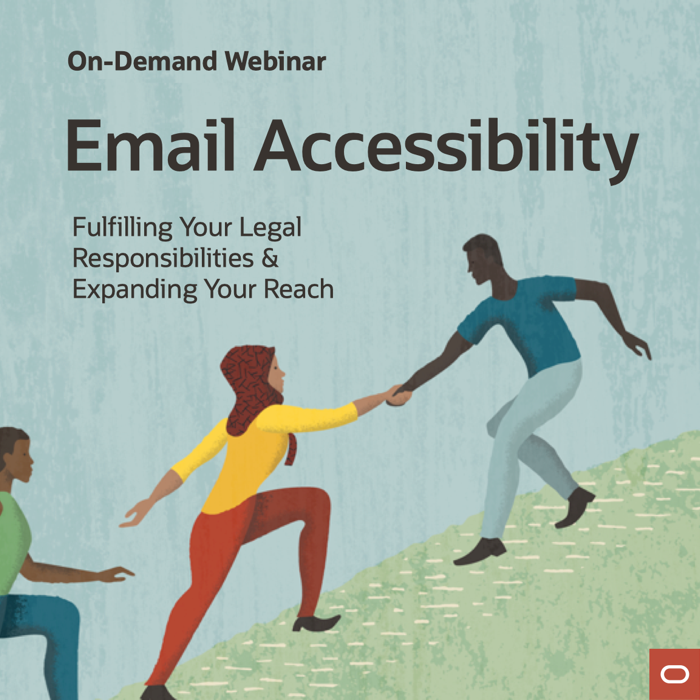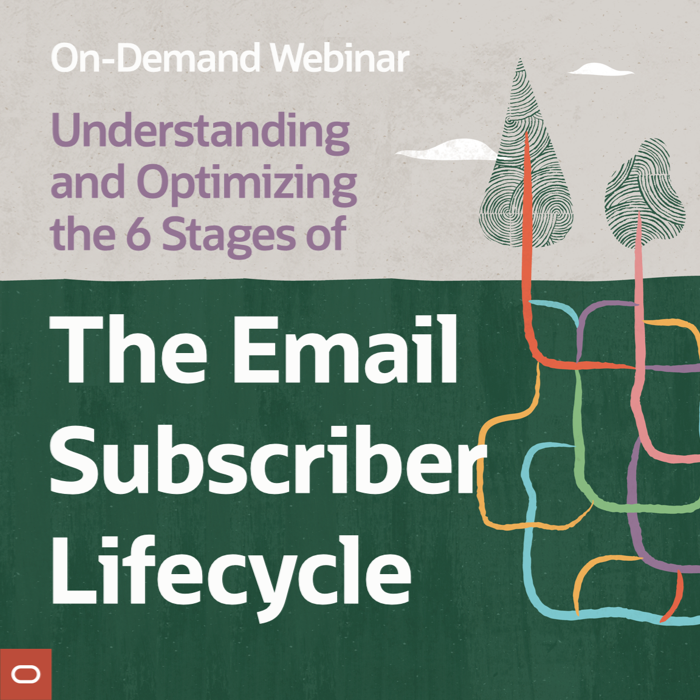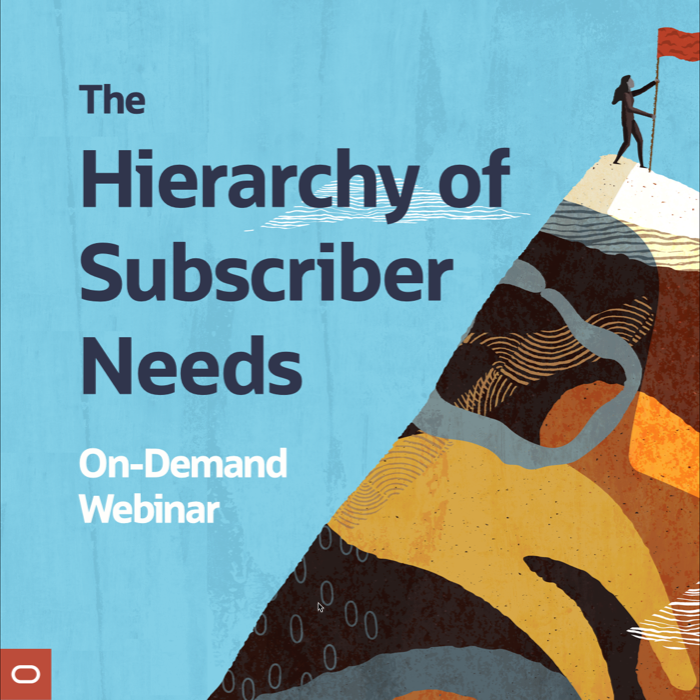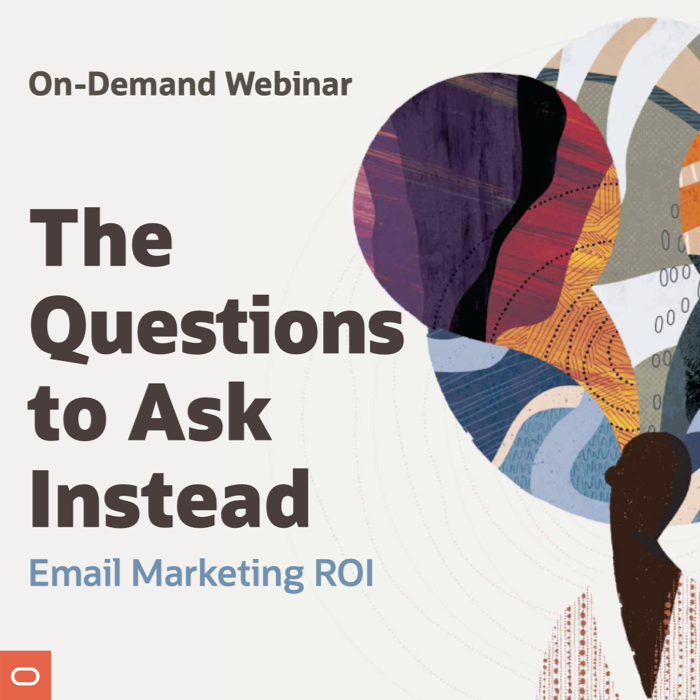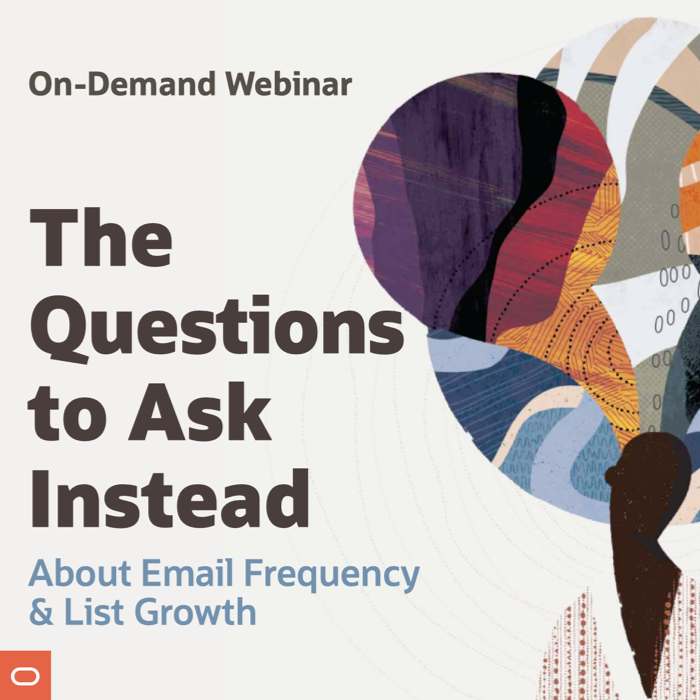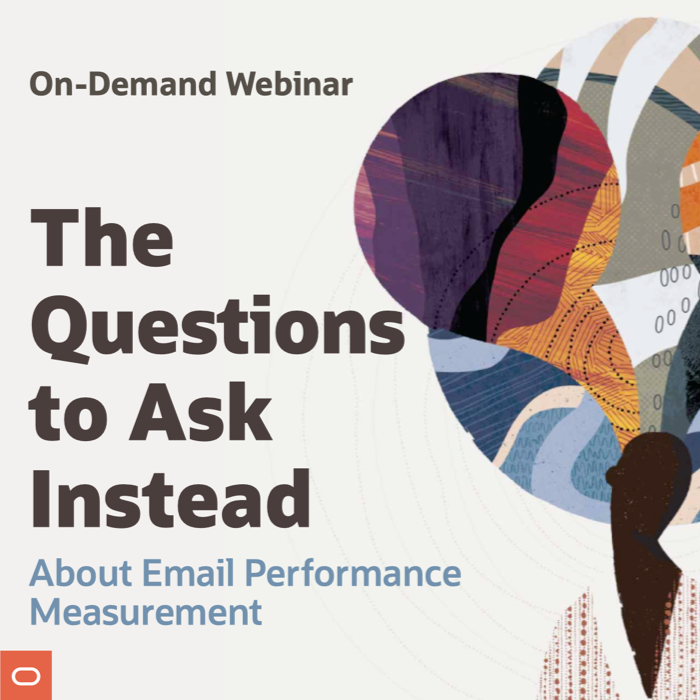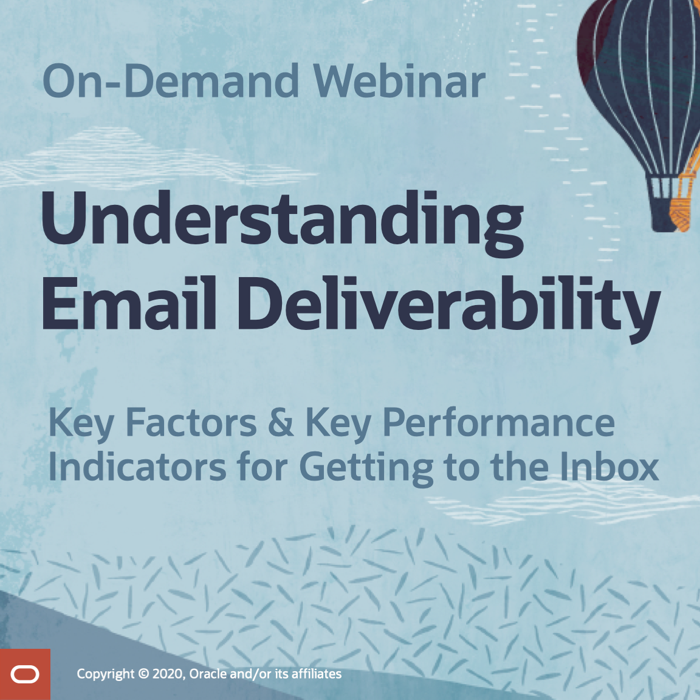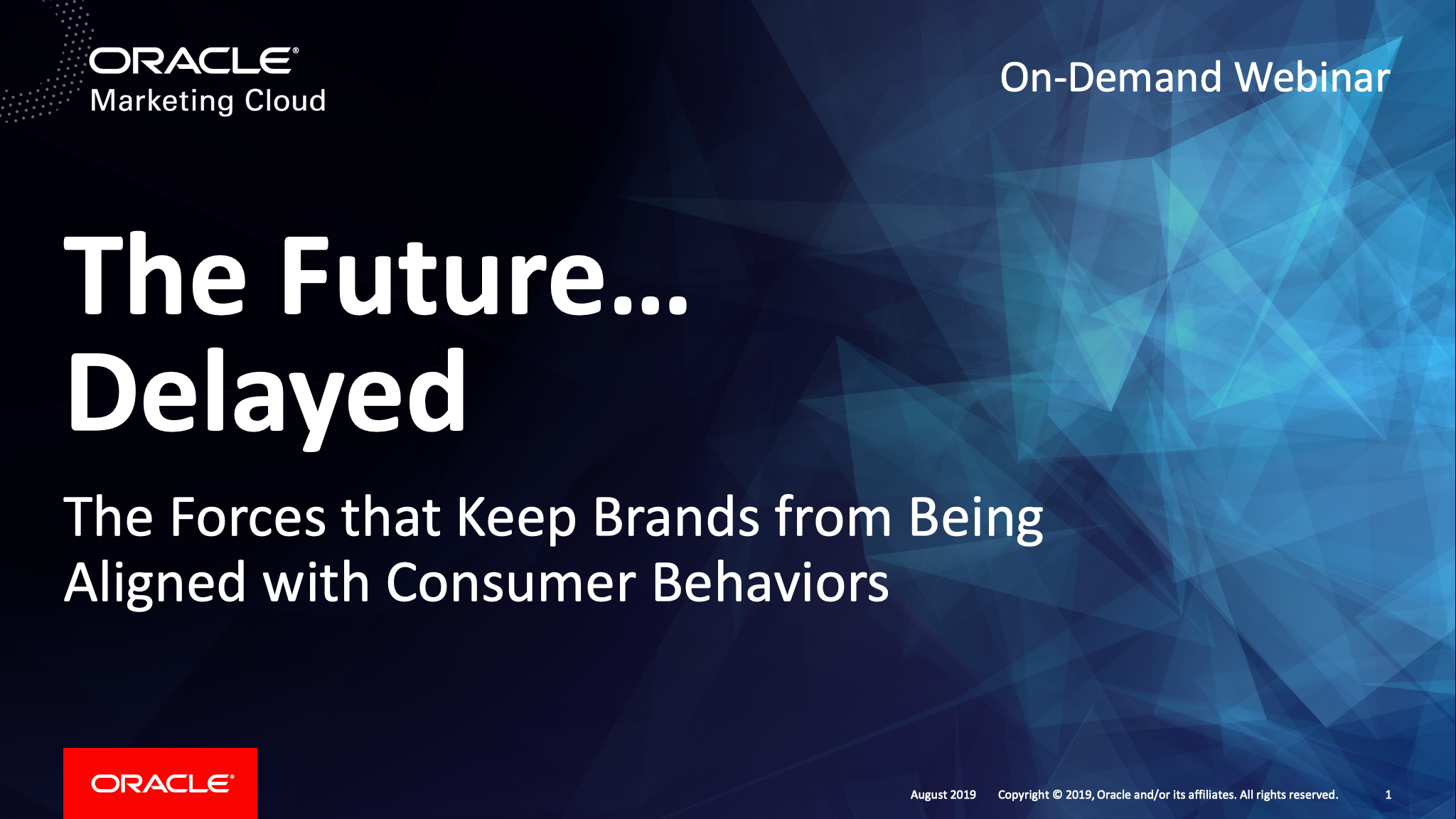Best Days to Send Email Marketing Campaigns This Holiday Season
Posted on August 30, 2022
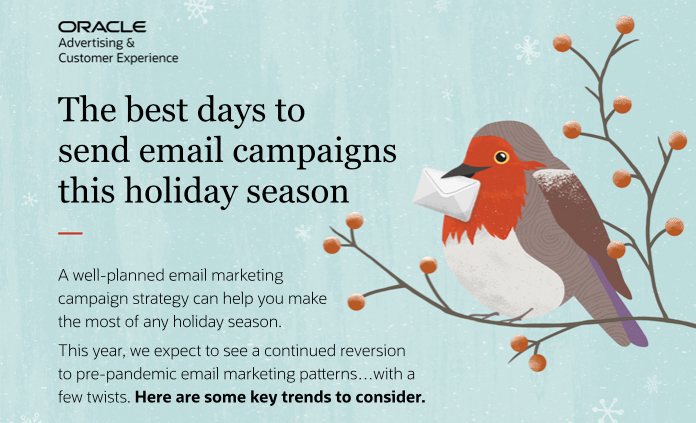
This good news for this holiday season is that pandemic concerns are easing, which should see many more consumers return to stores for their gift-buying needs. The bad news is that the worst inflation in more than a generation has lots of shoppers in a recession state of mind. That is just one of several major challenges facing B2C brands as they plan their holiday email marketing campaigns.
In this blog post, Oracle Marketing Consulting’s Clint Kaiser talks about:
- The effects of inflation on holiday shoppers
- Mail Privacy Protection’s anniversary
- Accounting for in-store sales rebound
And then he shares an infographic that summarizes how all of this is likely to affect B2C brands’ holiday email marketing strategies and offers notable trends and benchmarks from recent holiday seasons.
Mailmodo Growth Chat: How to Launch a Successful Holiday Campaign
Posted on August 23, 2022

I join Mailmodo CEO Aquibur Rahman on the Growth Chat Podcast to talk about holiday planning, as well as how I got my start in email marketing. I share some of the advice from our Holiday Marketing Quarterly series and discuss a wide range of issues, including:
- How email marketing amplifies existing demand
- How planning for the holidays is a year-round effort
- How consumer behaviors change during the holiday season
- The kinds of messaging and designs that perform well during the holidays
- How the battle for holiday attention is already underway today
- What happens to email engagement during the holidays
- How automation is the secret star of the holidays
- How email marketing can prepare for the holidays now
- Progressive profiling during the holidays
- How to do A/B testing to give yourself a holiday advantage
- The best times to send during the holidays
To learn about those issues and many more…
Optimizing Email Marketing Calls-to-Action: A 4-Point Plan
Posted on August 8, 2022

Email marketers have historically paid a lot of attention to subject line testing, eager to drive higher open rates. But in the age of Mail Privacy Protection, where many opens are being obscured, it’s time for marketers to refocus some of their A/B testing zeal on calls-to-actions to drive much needed clicks.
In working with our clients, we’ve used the following 4-point plan to break down their CTA usage and identify optimization opportunities. Tommy Hummel, Analytics Manager for Analytic & Strategic Services at Oracle Marketing Consulting, walks you through each step…
Messaging during Recessions: 3 Opportunities for Marketers
Posted on August 3, 2022

Regardless of whether the US is technically in a recession already or not, the majority of Americans have been under increasing economic pressure for a while already due to the highest inflation in 40 years, which is dramatically eroding their purchasing power. Despite the fact that many of the forces driving inflation are well outside of the Federal Reserve’s sphere of influence—the pandemic, the national housing shortage, Russia’s war against Ukraine, snarled global supply chains, etc.—the Fed is committed to additional steep rate hikes. Higher interest rates on mortgages, credit cards, and other loans will reduce economic activity, almost guaranteeing a recession by the end of next year.
In the meantime, marketers need to make the best of the current circumstances by tuning into consumers’ economic anxieties and concerns. Here are three strategies to consider…
The Last Word on July 2022
Posted on August 1, 2022
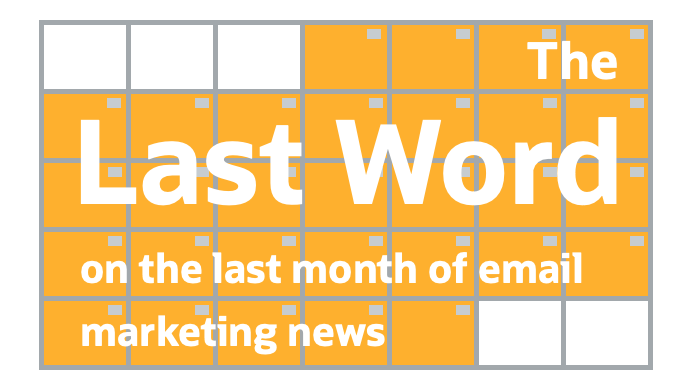
A roundup of email marketing articles, posts, and tweets you might have missed last month…
Must-read articles, posts & reports
The Best Ways to Learn Email Marketing (rodriguezcommaj.com)
Accessibility Report July 2022 (Email Markup Consortium)
Email Flows for Every Industry (Mailmodo)
6 Best Practices for Using Animation in Email (Animately)
Elon Musk and the Twitter Bots: We Tested Account Creation with A Disposable Email (ZeroBounce)
Consumers Resent Poor Targeting by Brands: Study (MediaPost)
Taming Martech Stack Bloat Is Essential to Scaling Revenue (MarketingProfs)
Insightful & entertaining tweets
Can we stop calling it “cold email” and go back to calling it spam? “Cold email” is a euphemism created because “it’s not spam when I do it.”
— Mickey Chandler (@mickc_pro) July 1, 2022
The average person reads copywriting for less than 8 seconds before deciding to keep going or move on.
That means you absolutely need to catch attention with your headline/hook.
Here are 8 ways to do it:
🧵
— copyblogger (@copyblogger) July 15, 2022
I will stop coding emails with tables when people stop opening in Outlook desktop clients. #emailgeeks
— Carin Slater (@carinslater) July 20, 2022
Top 5 tips for getting your cold outreach email delivered!
1) Have
2) Permission
3) Before
4) You
5) Send!#deliverability #emailgeeks— Kent McGovern (@KentMcGovern) July 27, 2022
Noteworthy subject lines
Williams Sonoma, 7/1 – Cheers to the red, white & blue! Recipes from our Test Kitchen inside ➡️
Sears, 7/21 – Air Conditioners to the Rescue – Up to 20% Off
Bass Pro Shops, 7/21 – Time For Your Dollar To Work As Hard As You Do!
Bed Bath & Beyond, 7/24 – Budget helper: get 20% off every purchase + 5% back with Welcome Rewards+
Burlington, 7/15 – HANDBAGS: On-budget & on-trend
Everlane, 7/14 – Back In Stock—Our Bestselling Transit Bags
Neiman Marcus, 7/15 – It girl-approved bags
Gap Back to School, 7/27 – Everyone Belongs 🤝
Macy’s, 7/30 – Back-to-school extras that will be your BFFs all year
IKEA, 7/11 – Your dream home is now in mixed reality. Imagine that!
Uncommon Goods, 7/14 – What if your home were as fun/cool/inspiring/slightly weird as you are?
Banana Republic, 7/1 – For All Your Wedding Needs
Neiman Marcus, 7/1 – Festival bound?
Big Lots, 7/7 – Your road trip checklist 🚗
Williams Sonoma, 7/7 – Summer pantry checklist: our top 10 things
Crate & Barrel, 7/19 – Recipes & more for the perfect outdoor party ☀️
Nordstrom Rack, 7/6 – Summer of ’22 hits
Saks Fifth Avenue, 7/30 – Saks in Aspen: Get an inside look at our pop-up shop, VIP parties & best ensembles
Airbnb, 7/23 – Chad, the great outdoors awaits. Your move.
Bed Bath & Beyond, 7/17 – Celebrate 🍨 Ice Cream 🍦😋 Day with $30 off the Ninja CREAMi + more must-haves!
Wegmans, 7/21 – They’re Here! Summer’s Best White Pearl Nectarines
Lane Bryant, 7/15 – That no-bra feeling for $35 (or less).
Express, 7/24 – 👖👖👖 ALL JEANS $45 STARTS @ 6 P.M. 👖👖👖
Gap Email Exclusive, 7/7 – 50% off SALE & exclusive 20% bonus + 9-5ing. 5-9ing. And weekending.
Macy’s, 7/6 – Hey there: this special offer has self-care written all over it.
Banana Republic, 7/6 – @You: Up to 50% Off Sale Styles Has Landed
JCPenney, 7/12 – Heard there was a big sale starting today…
Eddie Bauer, 7/14 – Shop Sustainably. 🌱
MoMA Design Store, 7/21 – Ready, Set, Recycled!
MarketingProfs, 7/22 – ➡️ Special deal to convince your boss + a cute seal
West Elm, 7/7 – It’s here! Our new collab with Walker Noble Studios
Quiksilver, 7/6 – Head South of The Border With Quiksilver x Pacifico
Quiksilver, 7/14 – Are These Stranger Things Boardshorts Really Cursed?
Uncommon Goods, 7/13 – 📣 Introducing gift sets & subscriptions 📣
Omaha Steaks, 7/7 – Get $25 OFF today when you opt-in for text alerts!
New posts on EmailMarketingRules.com
Loyalty Program KPIs: Measuring Health and Performance
Third Quarter 2022 Holiday Marketing Quarterly
Content Planning: Advice from Oracle’s Global Digital Marketing Agency
Don’t Write Off AMP for Email Yet
Get Inspiration from Our Holiday Subject Line Word Cloud
Third Quarter 2022 Holiday Marketing Quarterly
Posted on July 14, 2022
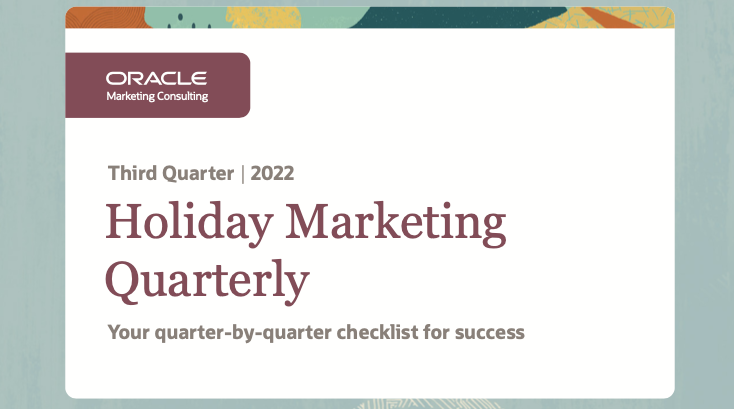
The holiday season doesn’t have an off-season. Having a successful holiday season means executing a successful year-round strategy. Oracle’s Holiday Marketing Quarterly gives you a quarter-by-quarter plan for how to achieve more during this critical time of the year.
The third quarter is focused on the final prep for the start of the holiday season. In this 19-page Holiday Marketing Quarterly, we share a 24-point checklist that spans seven areas:
- Campaign Planning
- Workload Management
- Contingency Planning
- Managing Out of Stocks
- Audience Optimization
- Performance Monitoring Plans
- Solidifying Your MarTech Stack
For the full checklist…
>> Get the Holiday Marketing Quarterly for free with no form
Content Planning: Advice from Oracle’s Global Digital Marketing Agency
Posted on July 12, 2022

If it’s not in the plan, then it typically doesn’t happen. And if it does happen, then corners have been cut and sacrifices made. That’s a harsh reality, especially with today’s lean digital marketing teams. That’s why, when working with our Oracle Marketing Consulting clients, we take an expansive view of content planning.
How expansive? When doing content planning, we think you should be able to answer the following 6 questions:
- What are all of my sources of potential content?
- What are the narratives I’m trying to tell?
- Which campaigns involve complex content?
- What tests am I going to run?
- What changes should I make to my automated campaigns?
- How do I prepare for peak season campaigns?
Nick Cantu, Kelly Moran, Ana Jablonski, and I help you answer all of those questions in this blog post and companion on-demand webinar.
Don’t Write Off AMP for Email Yet
Posted on July 11, 2022

When it was officially launched in 2019 by Google, AMP for Email promised to bring standards-based interactivity and real-time content to inboxes, allowing brands to bring landing page and app-like functionality into their emails. Allowing product carousels, live forms, and checkout functionality, the potential payoffs for marketers and consumers were huge. However, reaping those benefits require big changes in the email marketing ecosystem.
Google aggressively promoted AMP for Email, looking to expand support to other mailbox providers like Yahoo and to convince email service providers (ESPs) to make the platform changes necessary for marketers to send AMP-powered emails, since they’re sent as a separate MIME part. At the same time, they worked to convince marketers that it was worth their time to learn how to code AMP emails and create them.
And then the winds shifted…
The Last Word on June 2022
Posted on July 7, 2022

A roundup of email marketing articles, posts, and tweets you might have missed last month…
Must-read articles, posts & reports
Good Apple, Bad Apple: MPP Has Had Positive and Negative Results (MediaPost)
Best Fonts for Emails: How to Make Your Emails Look Great and Easy to Read (AWeber)
Does punctuation in a subject line help or hurt email performance? (Alchemy Worx)
Are We Witnessing the Death of Gmail Annotations? (SendView)
12 Unique AMP Emails in eCommerce that will liven up your Marketing Campaigns (Netcore Cloud)
Insightful & entertaining tweets
I’m very happy and proud to announce that I started a blog! Friends of Email
It’s a spanish blog for LATAM #emailgeeks where I’ll talk about email, code and mktAutomation. It’s been my wish since a long time to start it, and it’s finally coming together.https://t.co/IxguUsnwkt
— Rodrigo Santander (@Ro_Santander) June 6, 2022
Treat your #email reputation like your credit score.
It takes alot of time to build but little time to destroy #emailautomation #emailgeeks @SparkPost
— Marc Valdez (@MarcValdezSP) June 9, 2022
From a conversation earlier today:#EmailGeeks pic.twitter.com/dbxXabVnbV
— Mike Hillyer (@MikeHillyer) June 15, 2022
Hold your breath, #EmailGeeks! They can sense your fear! 😱 pic.twitter.com/xhdAIef7J3
— Mailgun by Sinch (@Mail_Gun) June 16, 2022
Just a friendly reminder that 99% of marketers whose success relies on email don’t go to email conferences, don’t call themselves #emailgeeks, don’t use more than a few basic features in their ESP, have never touched email HTML, don’t understand deliverability, etc. etc. etc.
— Gregg Blanchard (@greggblanchard) June 27, 2022
Someone reached out to me about a job, and this was a part of the description:
“Solely own cold email outreach, including sending 1m+ emails per month to cold prospects.”
I can’t imagine something that’s a harder pass than this for any email marketer.
— Jaina Mistry (@jainamistry) June 30, 2022
Noteworthy subject lines
Camping World RV, 6/15 – Inflation-Buster RV Deal!
IKEA, 6/3 – Chad , join us this Pride Month as an LGBTQ+ ally
Zales, 6/3 – 🌈 Live Loud. Love Proud. Let Your Pride Shine.
REI, 6/15 – Outside With Pride This Month (& Every Month!)
Williams Sonoma, 6/4 – All the colors of Le Creuset 🌈
Express, 6/4 – 40% off a 🌈 of cute tees
Hobby Lobby, 6/24 – Red, White, Blue – 40% Off July 4th Decor
Macy’s, 6/18 – Extra 25% off the perfect Father’s Day gift to buy online & pick up in store by tomorrow—just in time!
Neiman Marcus, 6/8 – Celebrate Dad!
Bass Pro Shops, 6/8 – What Do Your Give The Man That’s Give You Everything? We’re Here To Help!
Crate & Barrel, 6/13 – Father’s Day is June 19: It’s time to treat Dad
Zales, 6/13 – Save 30% Off Gifts That Say “You’re Awesome, Dad”
Wegmans Catering on Meals 2GO, 6/15 – The Perfect Party for Grads, Dads, and More!
Express, 6/7 – Guest, bridesmaid or bride? 💍
Banana Republic, 6/18 – Modern Dresses Perfect For Wedding Season
Omaha Steaks, 6/29 – FREE 🌭 + FREE 🍔 + ☀️ = Grill Time!
Eddie Bauer, 6/13 – 6 Must-Haves For Fun In the Sun!
Nordstrom, 6/4 – The best summer shoes are here
Target, 6/8 – Save 20% on kids’ shorts 😎
Gap, 6/8 – For your next BBQ/party/RSVP: tops & shorts from $25
Express, 6/2 – 🌜 TONIGHT ONLY! Style Steals $15+ starts @ 6 p.m. 🌛
Express, 6/3 – ✈️💰🏝️ Win a 2-NIGHT STAY at any Canopy by Hilton in the U.S. & MORE!
Williams Sonoma, 6/7 – Host a Whiskey Tasting: stock your bar cart | 20% OFF all Goldtouch Pro Bakeware
West Elm, 6/7 – Complete your sofa look with chic (& comfy) pillows
Olive Garden, 6/7 – Too busy to make dinner? 🍽️
Burlington, 6/3 – Shop for your (4-legged) BFF!
Panera Bread, 6/7 – Your besties + All the 🍕
Applebee’s Grill & Bar, 6/7 – Only a few days left to get FREE* movie tickets
Bass Pro Shops, 6/7 – Win Your Own TOYOTA TUNDRA TRUCK!
West Elm, 6/2 – O HEY! It’s KULE x West Elm
Patagonia, 6/13 – Stories you didn’t know you needed
New posts on EmailMarketingRules.com
The Definitive Guide to Adapting to Mail Privacy Protection
Webbula: What Are the Top 3 Reasons You Love Working in Email Marketing?
Unlayer: Create Engaging Email Subscriber Journeys
Multi-Touch Attribution: Moving Beyond Overly Simplistic First- and Last-Click Models
What’s Wrong with Email Marketing?
What’s Your Digital CX Strategy for Out of Stocks?
When and How to Use Plain Text Email
Posted on July 6, 2022

Creating effective, great-looking HTML emails can be tricky, given today’s rendering challenges and many considerations like dark mode and accessibility. So, it’s understandable that many marketers long to return to the days of plain text emails as a simpler alternative. There’s a nostalgia around these emails, as they take us back to an easier time when writing an email was just that—writing, and nothing else.
However, often this nostalgia tips over into romanticizing the effectiveness of this form of email, which has been largely supplanted by HTML emails for lots of good reasons, including performance. By far, B2B marketers are the most susceptible to being seduced by the allure of plain text emails. So, let’s discuss when these emails are appropriate and some design best practices…
 Email Marketing Rules
Email Marketing Rules


